Revamped EX40 and EC40: 436 HP models replacing XC40 Recharge and C40 Recharge
Volvo has been expanding its lineup in recent times, which has resulted in a somewhat confusing portfolio. However, the Swedish brand has come up with a solution to ease any concerns. Going forward, the names of its fully electric and plug-in hybrid models will no longer include the “Recharge” suffix. This decision is part of the company’s efforts to streamline its nomenclature and make it easier for customers to comprehend. As a brand under Geely’s ownership, Volvo is committed to simplifying its naming system for the benefit of its customers.
The XC40 Recharge and C40 Recharge have been replaced by the EX40 and EC40, respectively, as a result. These new models will join Volvo’s existing lineup of electric vehicles, which includes the smaller EX30 crossover, the full-size EX90 SUV, and the China-only EM90 minivan. At the same time, the plug-in hybrid versions such as the XC60 Recharge and S60 Recharge will now feature a “T6” or “T8” suffix, depending on their combined output. This naming convention was previously reserved for gasoline models, but it is now being repurposed as Volvo moves towards a fully electric lineup by 2030.
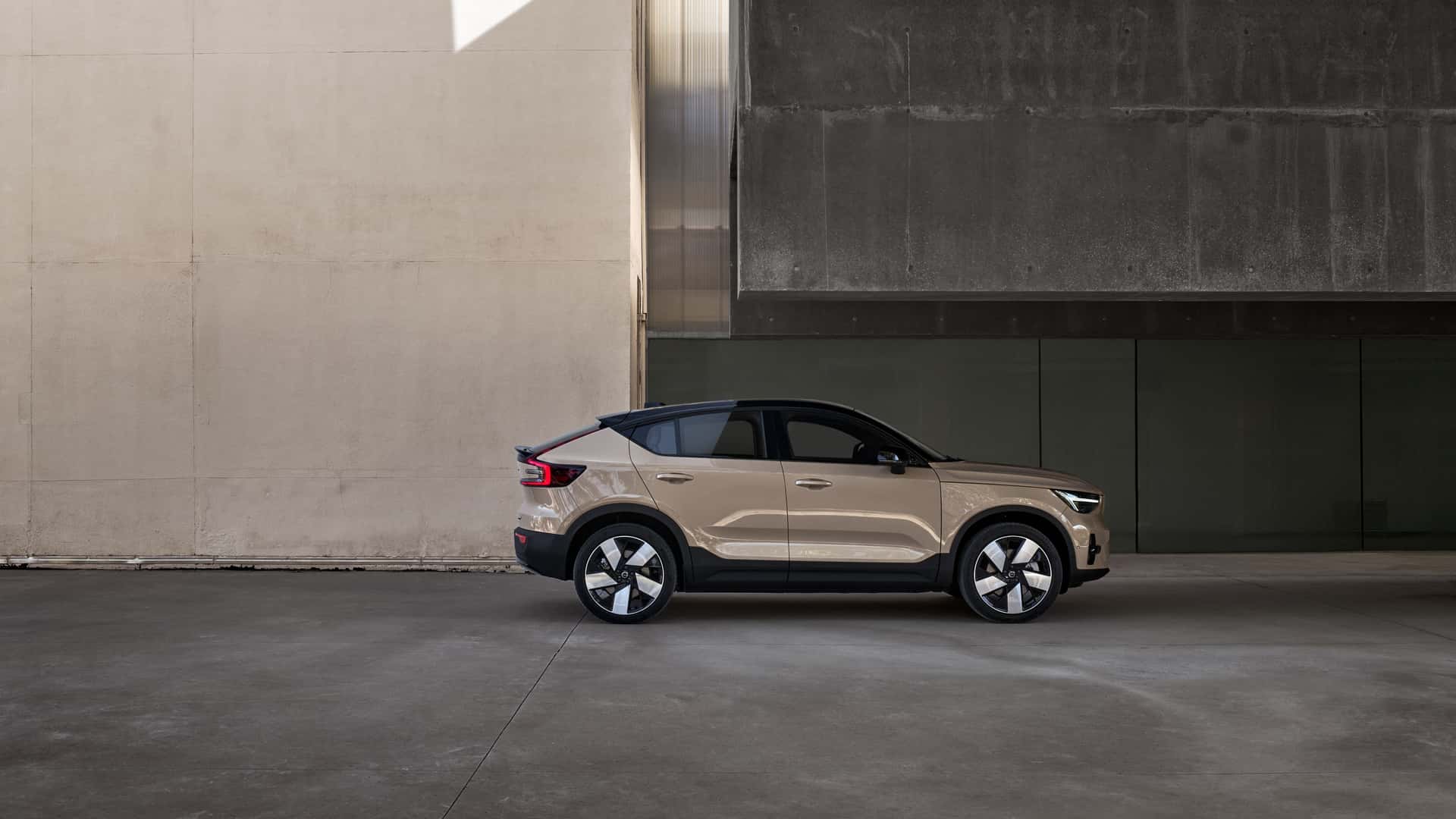
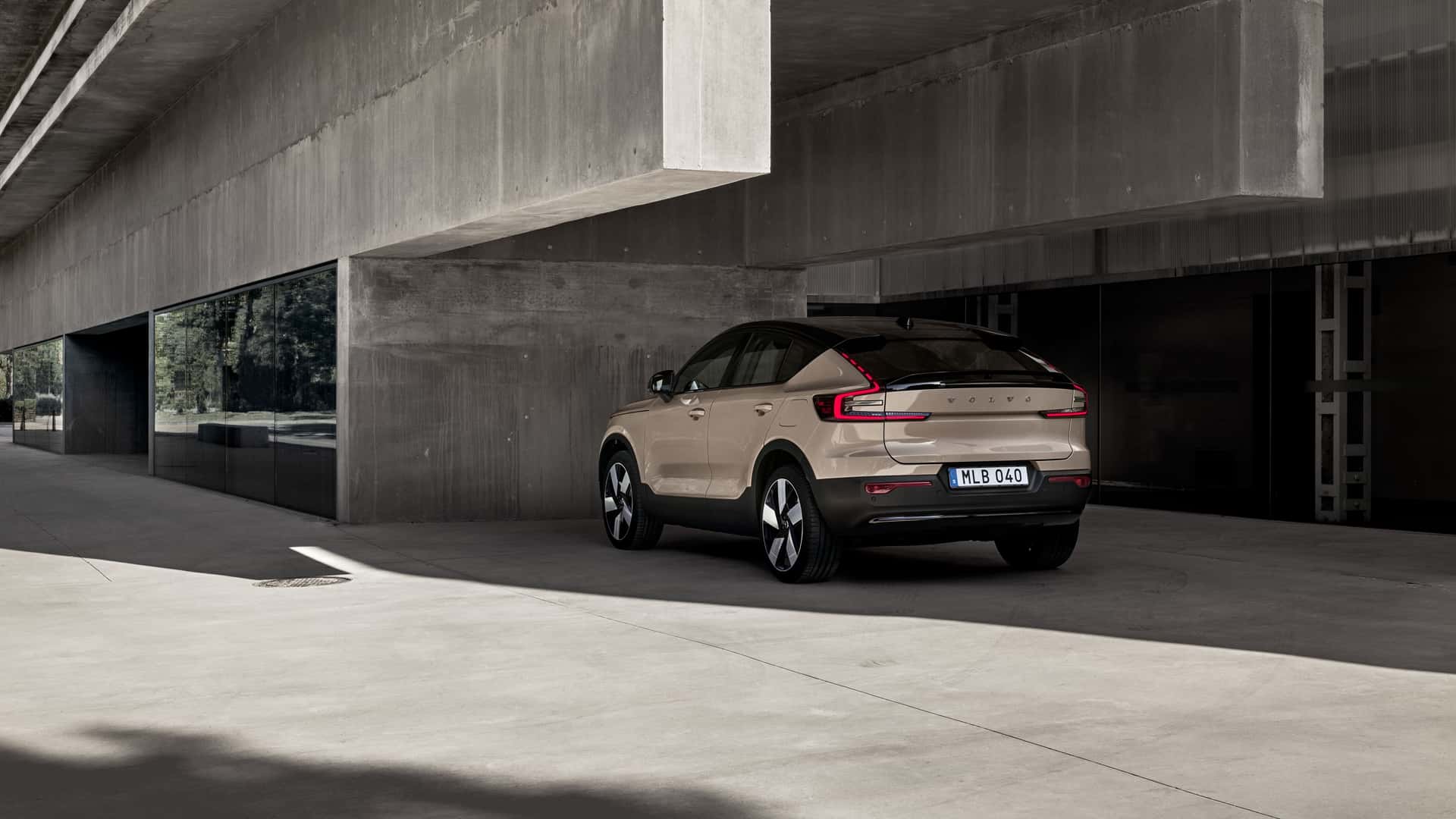
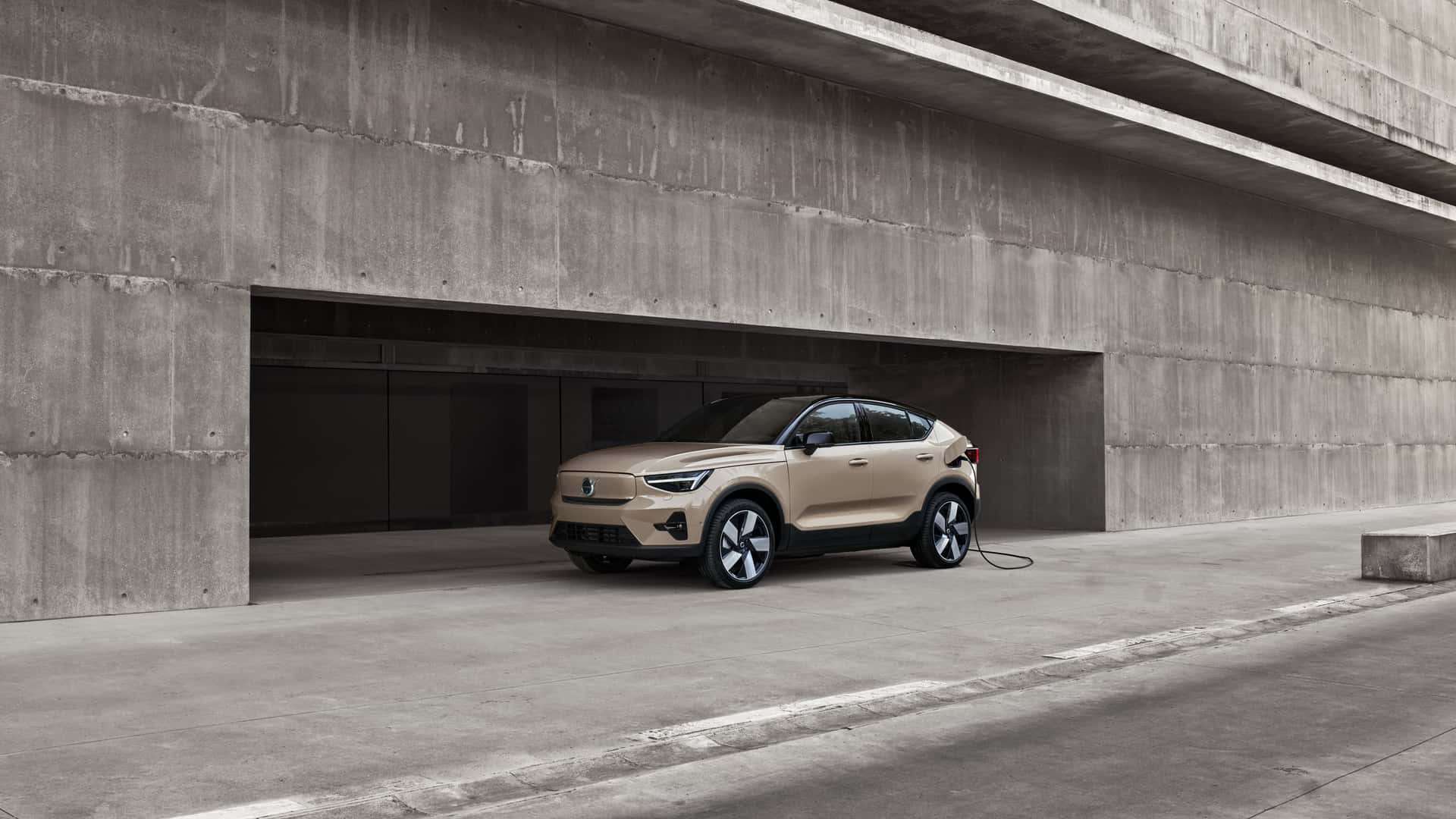
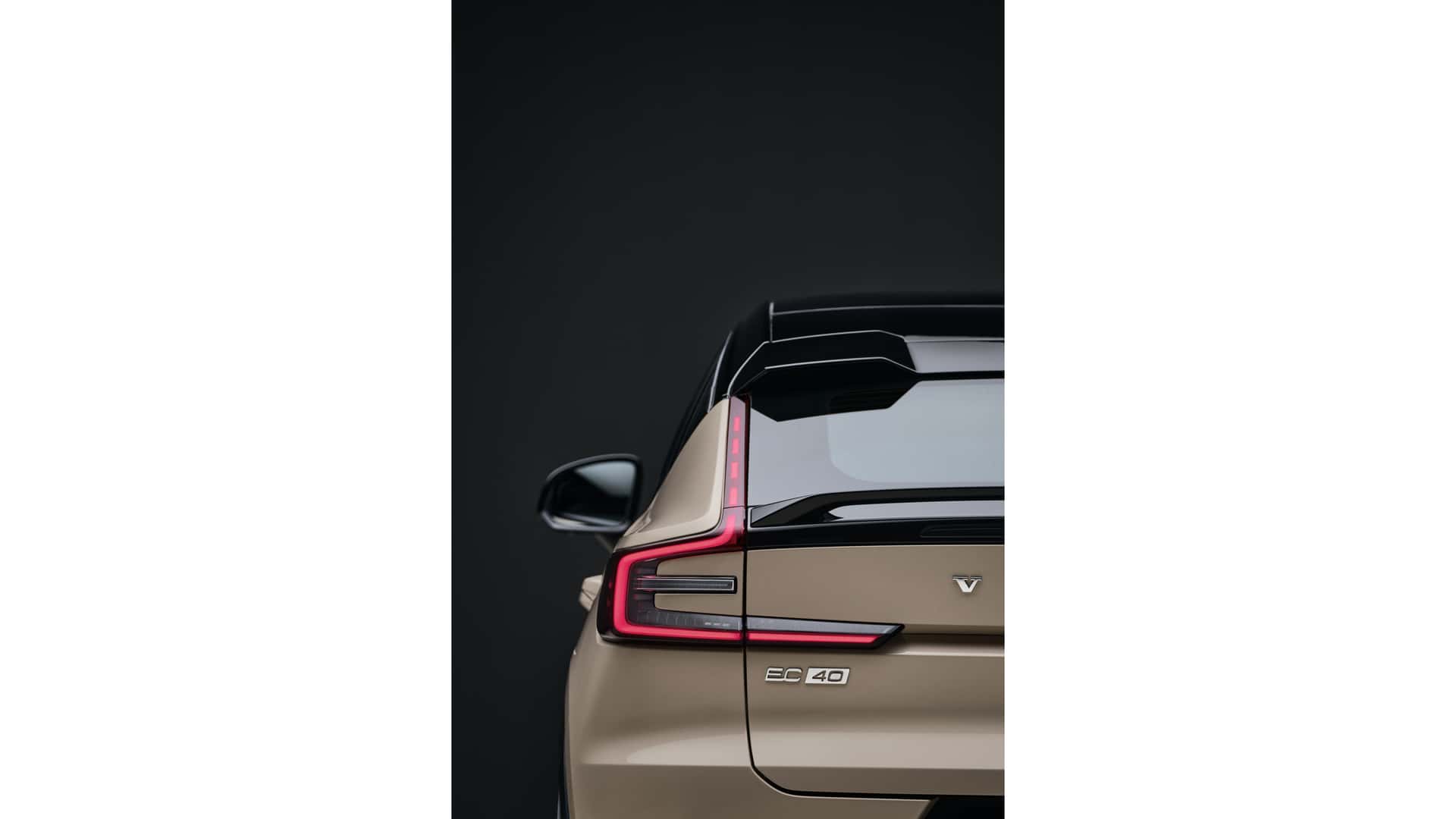
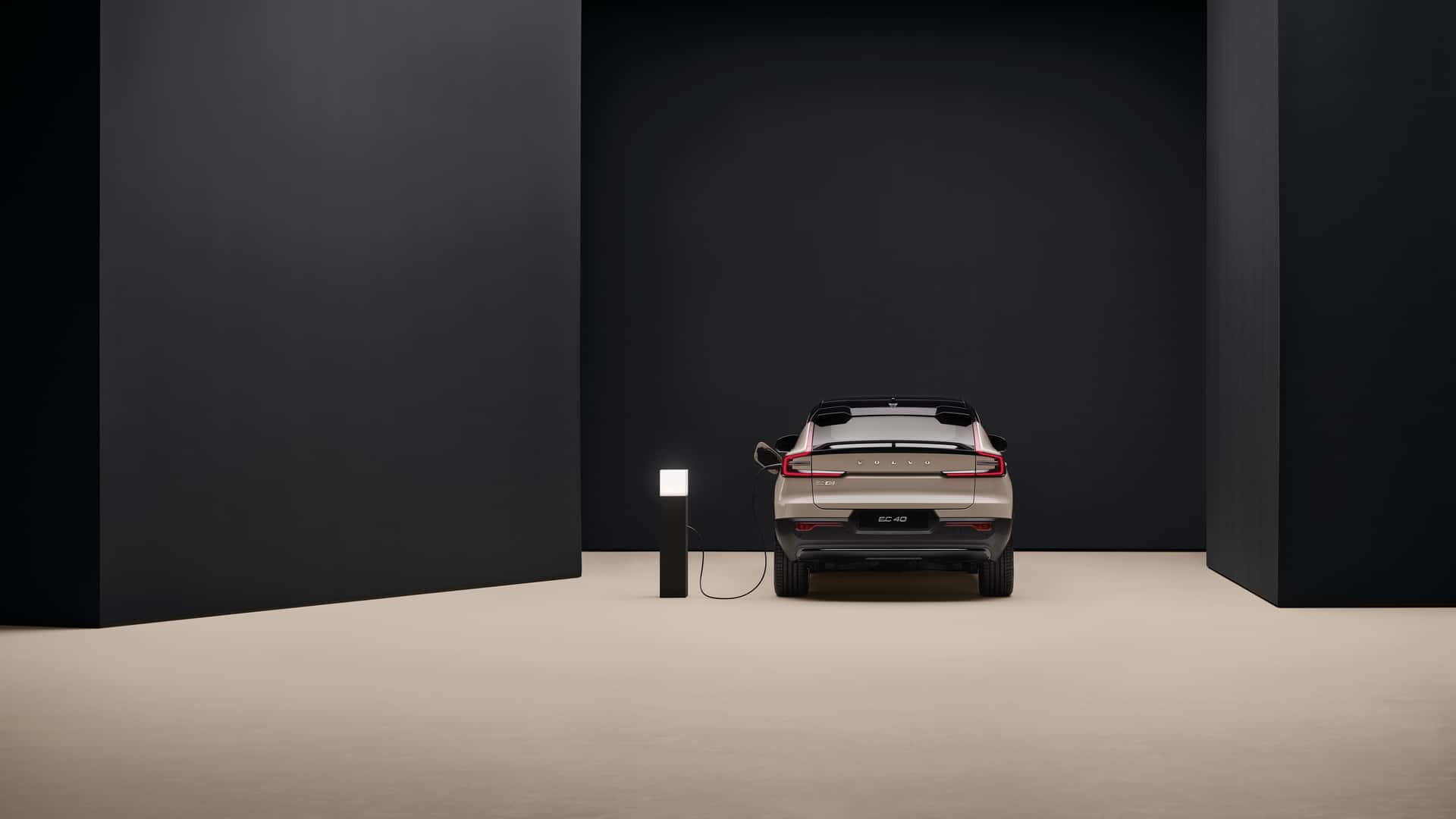
In recent developments, Volvo has announced that the newly renamed EX40 and EC40 will receive a boost in power. Opting for the dual-motor versions will now allow buyers in select markets to choose an optional Performance Software Pack. This upgrade will increase the total horsepower by 34, bumping it up to 436 hp. According to Volvo, this extra power will result in “faster acceleration,” although they have not yet provided a specific number. It is worth noting that the regular Twin Motor models of these electric crossovers can already reach 62 mph (100 km/h) in just 4.7 seconds. The added power can be obtained when purchasing a new vehicle or as an upgrade for owners of the 2024MY XC40 Recharge or C40.
In other areas, Volvo is not disregarding its vehicles that continue to utilize an internal combustion engine. Both the XC60 and XC90 have been enhanced with a superior B5 mild-hybrid motor that operates in a more environmentally friendly manner. The smaller of the two SUVs now boasts a decrease in fuel consumption of roughly four percent, while carbon dioxide emissions have also decreased by the same proportion. Additionally, the larger model has reduced its fuel intake by approximately two percent thanks to a more effective engine combustion process.
Volvo’s launch of the XC60 Black Edition last year appears to have been a success, prompting the carmaker to extend the sleek and elegant treatment to its other models – the XC40, EX40, and C40. These three vehicles are now available in a dark edition, featuring stunning 20-inch glossy black wheels, a striking Onyx Black paint, sleek high-gloss badging, and dark interior details.
Volvo asserts that it is set to release several additional electric vehicles before transitioning completely to an all-electric lineup by the end of the decade. Though the brand has made significant progress, its journey towards widespread electrification still remains lengthy as only 16 percent of their total sales in 2023 were attributed to emission-free cars. However, a milestone was reached in the previous year with a record-breaking 708,716 cars shipped, including 113,419 EVs, marking a remarkable 70 percent surge from 2022 numbers.
Source: Volvo
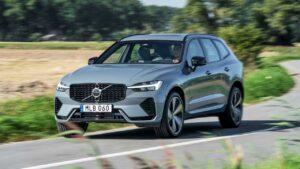


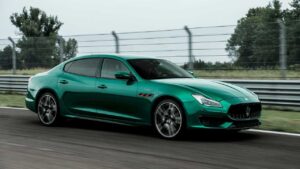


I appreciate the practical advice you’ve given here.
Such a well-structured and engaging article. Thank you!